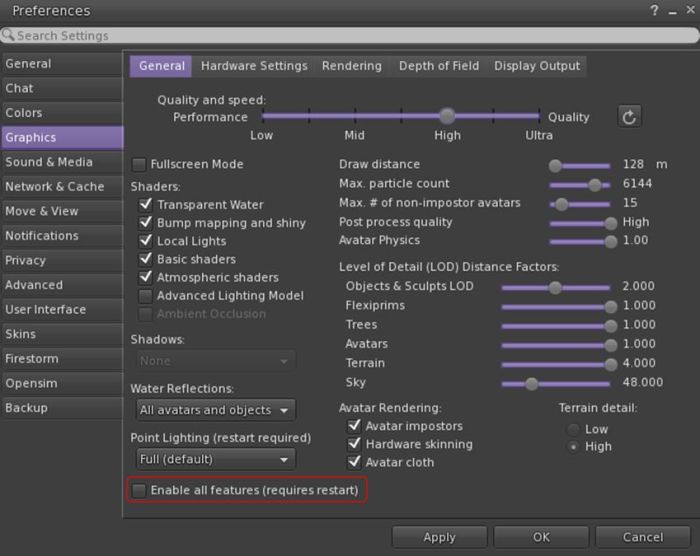 I admit I’m getting to this somewhat late, although I don’t recall seeing it reported elsewhere among the blogs, etc., I try to read.
I admit I’m getting to this somewhat late, although I don’t recall seeing it reported elsewhere among the blogs, etc., I try to read.
In January 2020, Bright Canopy, the one remaining streaming service for Second Life (and OpenSim) ceased operations. I’m actually a little embarrassed by not having noticed the change, given that I played a very small role in it getting started.
While possibly not a well-known service, Bright Canopy was officially launched at the end of August 2015, having come about (at relatively high speed) as a result of the folding of the SL Go streaming service. SL Go had, in turn, been the first functional SL streaming service, put together with LL’s help by former game streaming company OnLive. It established a small but loyal following before it came to an end after OnLive was forced to sell its IP to Sony as a result of not being able to generate the revenue through its various services (including SL Go) it needed to remain viable.
At the time of SL Go’s demise, I ruminated on the potential of the Lab running a streamed SL service through Amazon AppSstream (see: Could the Lab use Amazon AppStream to “replace” SL Go?), and that prompted Second Life user and app developer Bill Glover to comment:
Let’s just do it ourselves! You really got me thinking. I’d can launch a service right now if I get enough folks for Beta.

Bill and his wife, Jeri, set about working on the idea whilst user Nebadon Izumi, also picking up on my ruminations, started his own tests using AppsStream,. I reported on his work a few days later (see: Using Amazon AppStream to stream a viewer – although sadly Nebadon’s video that originally accompanied that article was later removed from You Tube), and as a result of that article, Nikola Bozinovic, founder and CEO of Frame, a cloud-based service focused on delivering Windows applications to users, suggested his service could be used to deliver Second Life through the cloud.

Bill and Nikola quickly got their heads together, and within 24 hours, they had their own proof-of-concept running, delivering the official SL viewer over Frame via Amazon (as an aside, even while Bill and Nikola were in discussions, I tried Frame directly for myself).
As a streaming service, Bright Canopy did incur a cost for users – initially US $17.00 a month (necessary as operating costs from both AWS and Frame needed to be covered), but it continued where SL Go left off, offering both the official viewer and Firestorm to users for the same quality of graphics delivered to almost any computer / device as offered directly by the viewer. Over time the service expanded, adding Singularity to the list of viewers available, together with Blender and Gimp for those who might want CPU / GPU horsepower for their content creation work.
I actually lost track of Bright Canopy in the years post 2016, but it continued to be available, and several friends continued to use it as an away-from-home alternative to their viewer. My interest was stirred again in late 2018, when I caught the news the Frame itself had been acquired by Nutanix, as I was curious as to what it might mean for Bright Canopy. But as nothing appeared to change, I once again lost track of things.
However, as Jodi Serenity – who used the service on occasion – informed me, things did change at the start of 2020, with Nutanix discontinuing Bright Canopy and an offering. No reason (such as lack of subscribers) has been given, and Jodi informs me she has no recollection of any e-mail that may have been circulated ahead of the suspension of the service.
The ending of Bright Canopy means that currently, there is no longer a streaming service for Second Life. However, the landscape for accessing the platform without resorting to a full blown viewer has also changed in the years since SL Go and Bright Canopy first arose. Apps like Lumiya have shown what can be done in terms of client apps that can also render the world, and we currently have Speedlight the Android / browser client with its nascent world rendering capability, while LL themselves have hinted their own iOS / Android client may eventually progress to world rendering.

Of course, none of these options render Second Life to a fidelity that can be achieved by a streaming service – but they have the advantage of being offered at a lower price. That said, the cost of streaming is also slowly changing, and even the Lab has been pondering whether they might want to offer a service at some point in the future – so it is very possible (if not probable) that Bright Canopy’s passing is not the last we’ll hear of a Second Life streaming service.








